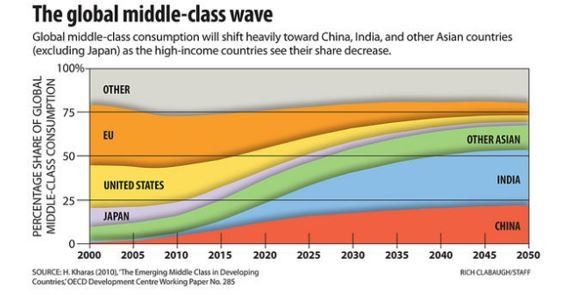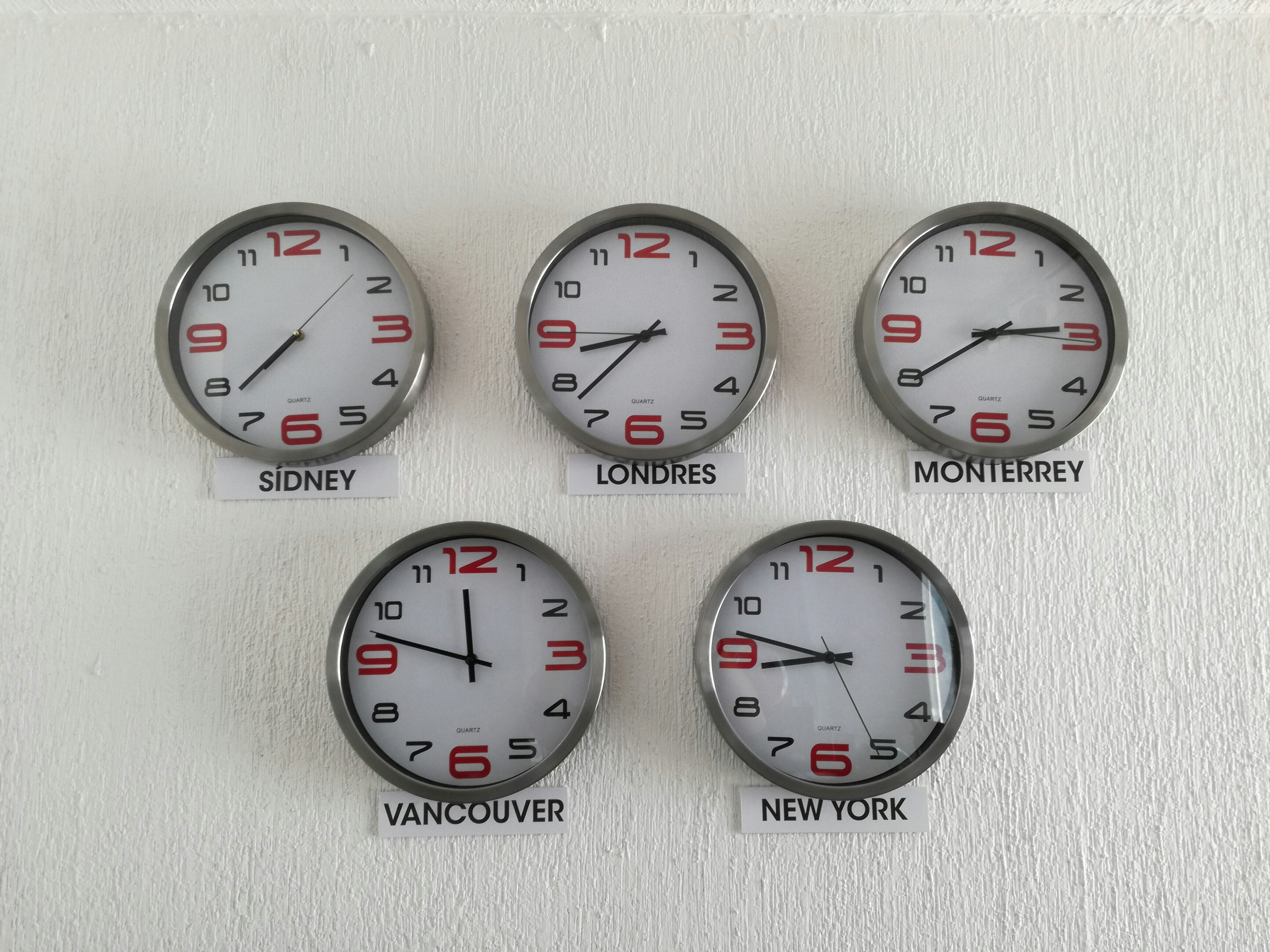6 surprising facts about India’s exploding middle class

Middle class now includes carpenters, street vendors, decorators and drivers, amongst others Image: REUTERS/Anindito Mukherjee
India is the world’s fastest-growing large economy, having outpaced China over the past year.
At the same time the population is growing rapidly. By 2022, India’s population will have overtaken China’s to become the largest in the world, according to a United Nations report.
The middle class is growing at breakneck speed and will one day overtake the rest of the world too.
It has doubled in size
A new study says the Indian middle class doubled in size over an eight year period from 300 million in 2004 to 600 million in 2012.
Economists at Mumbai University defined middle class as people spending anywhere between $2 and $10 per capita per day.
Half the population are now middle class
By this definition, half of the country’s population of 1.2 billion are now middle class. The biggest growth is in those in the lower middle class classification who spend between $4 and $6 per day.
Street vendors are middle class
Another Mumbai University study says that the middle class now includes carpenters, street vendors, decorators and drivers amongst others. The majority are in sectors with low barriers to entry meaning that in theory anyone can work in them and pull themselves out of poverty.

Since 1990, households with high disposable income have risen twenty-fold.
The number of households with a disposable income of more than $10,000 has leapt from around 2.5 million in 1990 to nearly 50 million in 2015, according to Euromonitor International.

India will have more middle class people than any other country
India’s middle-class growth is predicted to accelerate.
From 2027 India’s population is set to overtake China’s and the middle class will overtake that of the United States, Europe and China.

Household savings have tripled
Indian household saving rates have also leapt. In the eight years from 2005 they virtually tripled as more were lifted out of poverty and found themselves with disposable income for the first time.

Don't miss any update on this topic
Create a free account and access your personalized content collection with our latest publications and analyses.
License and Republishing
World Economic Forum articles may be republished in accordance with the Creative Commons Attribution-NonCommercial-NoDerivatives 4.0 International Public License, and in accordance with our Terms of Use.
The views expressed in this article are those of the author alone and not the World Economic Forum.
Stay up to date:
Social Protection
Related topics:
Forum Stories newsletter
Bringing you weekly curated insights and analysis on the global issues that matter.
More on Economic GrowthSee all
Rishika Daryanani, Daniel Waring and Tarini Fernando
November 14, 2025







